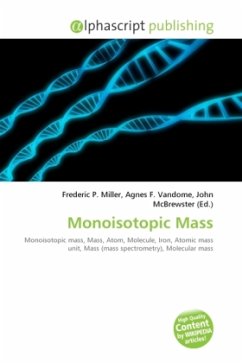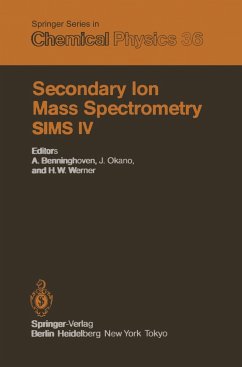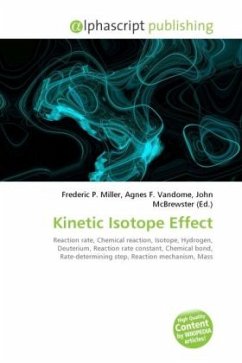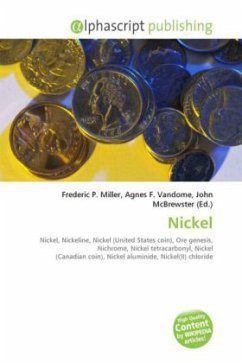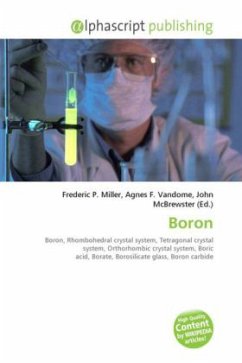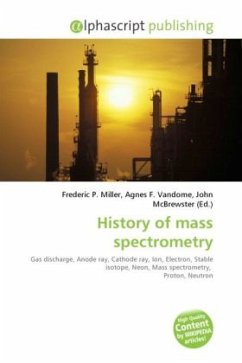
History of mass spectrometry
Versandkostenfrei!
Versandfertig in 6-10 Tagen
32,99 €
inkl. MwSt.

PAYBACK Punkte
16 °P sammeln!
High Quality Content by WIKIPEDIA articles! The history of mass spectrometry dates back more than one hundred years and has its roots in physical and chemical studies regarding the nature of matter. The study of gas discharges in the mid 19th century led to the discovery of anode and cathode rays, which turned out to be positive ions and electrons. Improved capabilities in the separation of these positive ions enabled the discovery of stable isotopes of the elements. The first such discovery was with the atom neon, which was shown by mass spectrometry to have at least two stable isotopes: neon...
High Quality Content by WIKIPEDIA articles! The history of mass spectrometry dates back more than one hundred years and has its roots in physical and chemical studies regarding the nature of matter. The study of gas discharges in the mid 19th century led to the discovery of anode and cathode rays, which turned out to be positive ions and electrons. Improved capabilities in the separation of these positive ions enabled the discovery of stable isotopes of the elements. The first such discovery was with the atom neon, which was shown by mass spectrometry to have at least two stable isotopes: neon-20 with 10 protons and 10 neutrons and neon-22 with 10 protons and 12 neutrons. Mass spectrometers were used in the Manhattan Project for the separation of isotopes of uranium necessary to create the atomic bomb.



